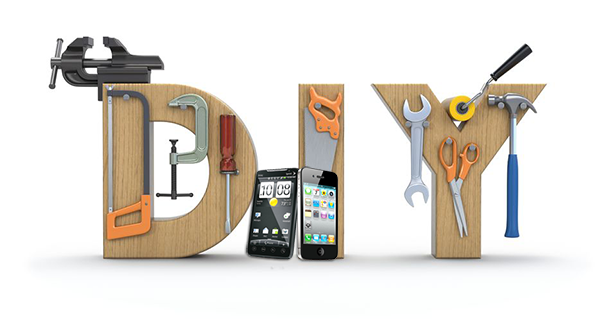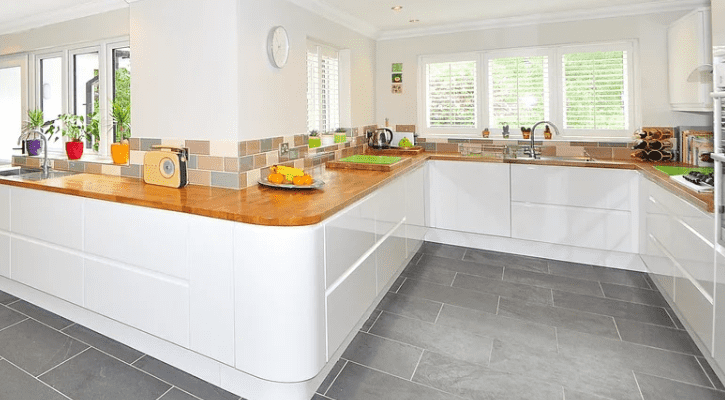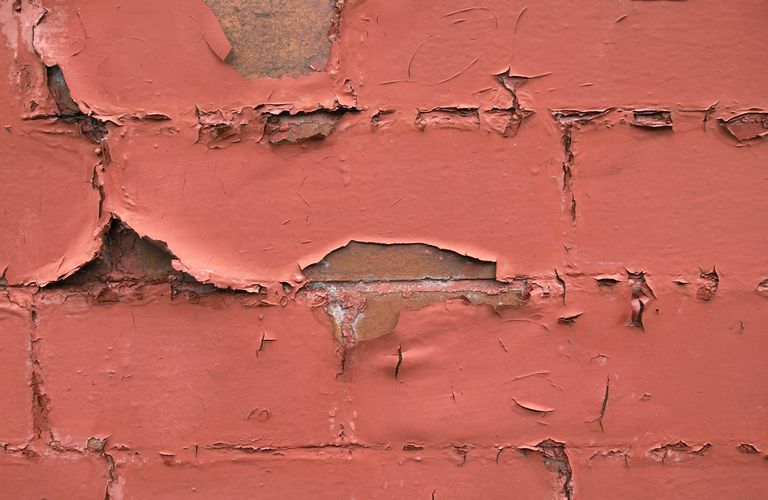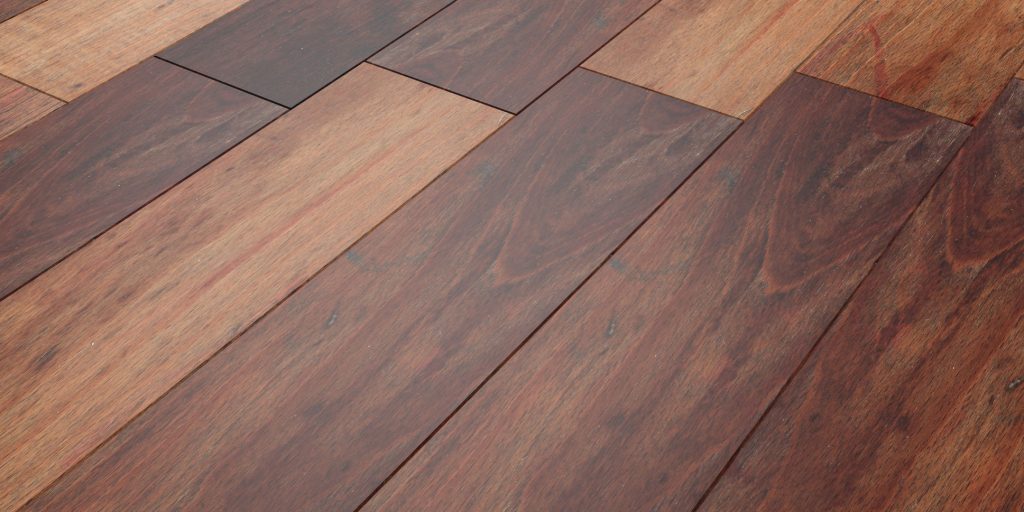
You can ask anyone who has ever done a home improvement project and I’m sure they’ll tell you it takes much longer and is usually more expensive than they first planned. One of the reasons for this is that do-it-yourselfers frequently make more mistakes that make their project more time-consuming and costly. Another reason this happens is that most people simply do not plan their projects properly.
Here are 9 ways to avoid those common and costly mistakes and help make your home improvement project go smoothly.
First off, take some time and really plan all the steps you may need to do to get your project done. This encompasses everything we will discuss in the paragraphs below.
Safety is of the utmost importance. Being on a first name basis with the paramedics is something we want to avoid. Take all necessary safety precautions, open windows when painting or stripping paint. Wear safety goggles and gloves, use a respirator in dusty areas. These are things you must remember to do. Safety does not only include yourself, it extends to others as well. Be sure to keep small children and pets away from the work area. It’s easy for them to get in harm’s way and that is something no one wants.
Have all the right tools and materials you need at hand before you start your project. I say the right tools because, you don’t want to cause any further damage by using the wrong tool for the job at hand.This will save you lots of time and please invest in quality tools.
Make sure you have the necessary permits. Too many people skip this step but it’s really important. You want to make sure that your project is done correctly and you are safe.
When your materials arrive you’ll want to be there to accept them. If you do not plan on starting your project that day, store them properly to protect them from theft and the elements.
Set aside enough time for you to complete your home improvement projects. Stay focused on the task at hand and try to avoid those little distractions. If you do not get the task completed in the time you allotted be sure to secure all tools and materials and keep them out of harm’s way.
If you are painting, prepare walls properly. Clean, sand or patch any holes before you paint. Take your time, you want the best result possible on your first try.
Only tackle projects you know you are capable of doing. You can’t do everything if you don’t have experience in certain areas leave those projects alone. Let an expert handle it.
You know that old saying, measure twice and cut once. Use it and use it often. Always take your time to measure properly, this alone will save you countless hours and headaches.
If you follow these simple tips getting your DIY project done will be a snap. After you complete one you can move on to the next one. There’s no big secret, all you have to do is put a proper plan in place and you are good to go.




